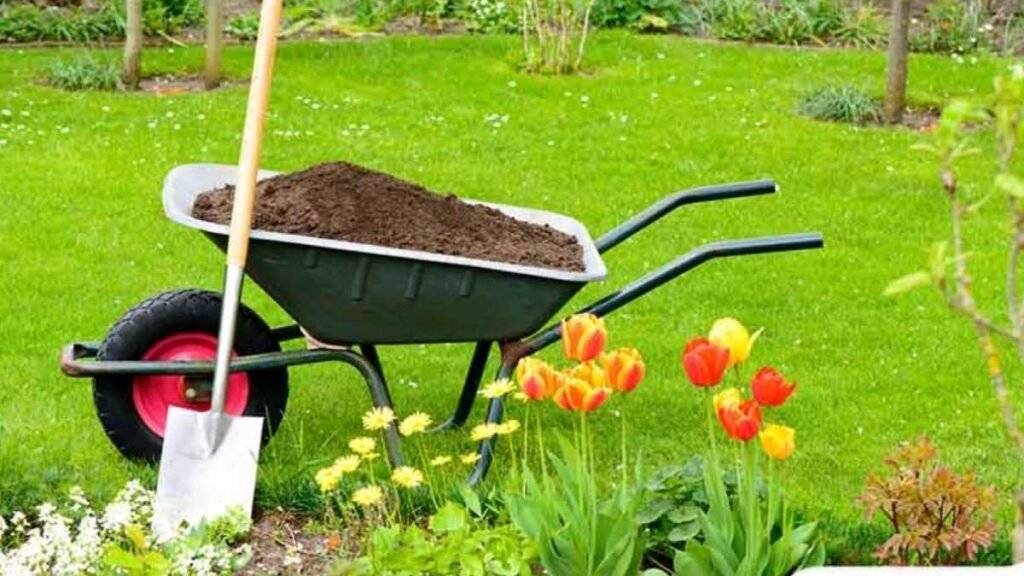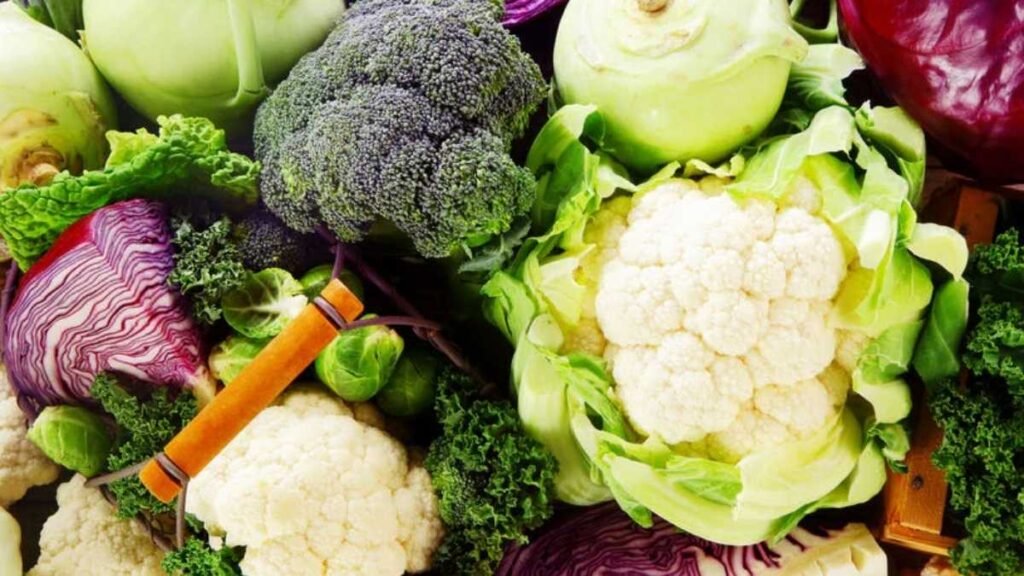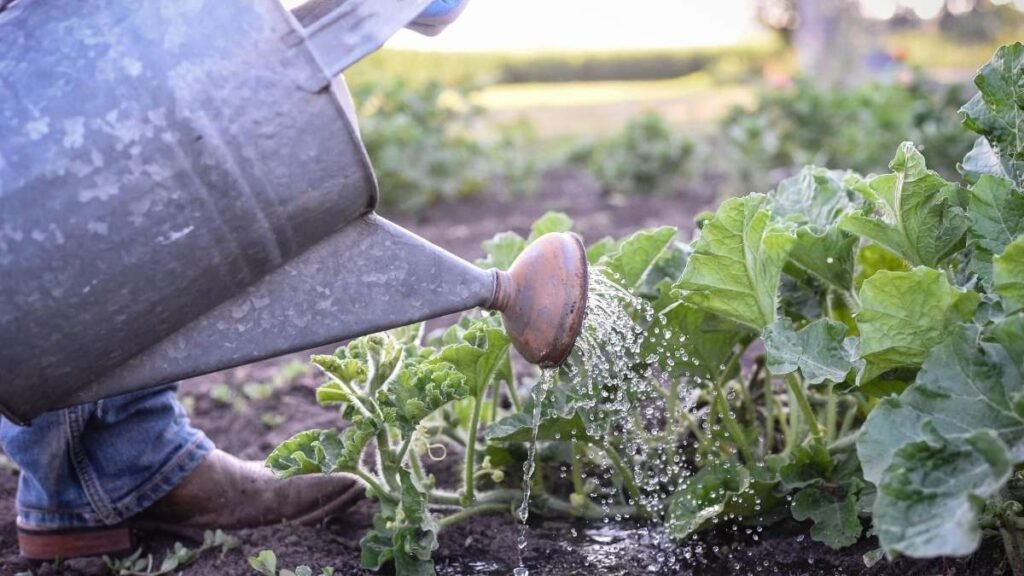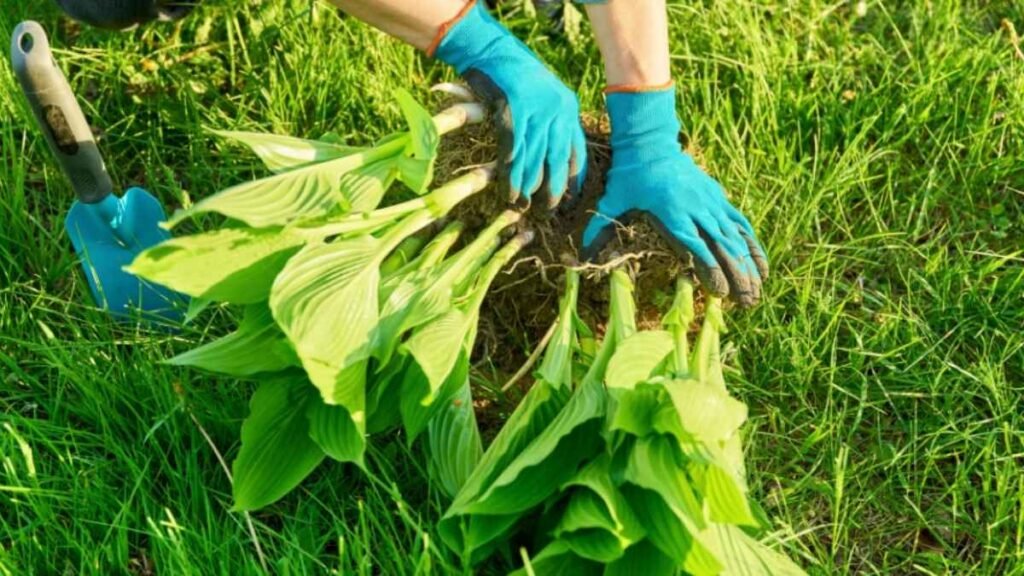Join on WhatsApp
Get the latest updates directly on WhatsApp – motivation, news & more!
As the crisp autumn air settles in and the vibrant colors of fall begin to paint the landscape, October is the perfect time to prepare your garden for the cooler months ahead. The change in season offers a chance to give your garden the attention it needs, ensuring that your plants stay healthy and your garden remains beautiful throughout autumn and into the winter. Whether you’re an experienced gardener or a novice, there are several important tasks you must tackle in October to ensure your garden thrives in the coming months. Here’s a breakdown of the top tasks to complete in your garden during this pivotal month.
Assess and Tidy Up Your Garden
October is the ideal time to assess your garden and tidy up the areas that may have been neglected over the summer. Deadheading spent flowers and removing any overgrown plants helps maintain a neat and organized space. Take a walk around your garden and assess what’s working and what’s not. This will help you make plans for the following year while also ensuring that everything is in order before winter.

Start by removing any spent or diseased plants, as well as any weeds that have started to take over. Weeds can be a significant problem in fall, as they tend to thrive in the cooler weather, so tackling them early is important to prevent them from taking root. Consider composting healthy plant material and disposing of any diseased plants to keep pests and pathogens from returning in the spring.
Clean and Maintain Garden Tools
With the growing season winding down, it’s time to give your garden tools some much-needed care and attention. Clean your tools thoroughly, removing dirt, sap, and any remaining plant debris. Use a wire brush to scrub off any rust, and sharpen the edges of your hoes, spades, and shears. A well-maintained tool not only makes gardening easier but also ensures that your tools last longer and work more efficiently when spring arrives.

Once your tools are clean and sharpened, store them in a dry place to prevent rust and damage. If possible, apply a thin layer of oil to metal parts to protect them from moisture during the winter months.
Plant Fall and Winter Crops
While many plants are winding down in October, there are still plenty of crops you can plant that will thrive in cooler weather. October is the perfect time to plant fall and winter vegetables, especially if you live in a region with mild winters. Root vegetables like carrots, beets, and radishes can be planted now, along with leafy greens like kale, spinach, and Swiss chard. These crops not only provide fresh produce throughout the fall but can often continue to grow into the winter months.

If you’re planting perennials or herbs, consider sowing them in containers that you can bring indoors during extreme cold spells. This way, you can enjoy fresh herbs like parsley, thyme, and cilantro even when the ground is frozen. Additionally, planting garlic in October ensures that it will have enough time to establish roots before the cold winter weather hits, giving you a head start on your harvest next summer.
Protect Plants from Frost
As the temperatures drop, frost becomes a real concern for many gardeners. Frost can cause irreparable damage to tender plants, so it’s essential to take steps to protect them as the weather cools. If your region is prone to early frosts, consider covering your delicate plants with row covers, frost blankets, or cloches. These coverings create a barrier between the plant and the cold air, helping to trap warmth and prevent frost damage.

For potted plants that you plan to bring indoors for the winter, make sure to bring them in before the first frost hits. If you have any outdoor plants that can’t be moved, such as shrubs or trees, apply a layer of mulch around their base to insulate the soil and protect the roots from freezing temperatures.
Divide and Transplant Perennials
October is the perfect month to divide and transplant perennials. Many perennials, such as daylilies, hostas, and coneflowers, benefit from being divided every few years to encourage healthy growth and prevent overcrowding. If you have any perennials in your garden that are starting to look a bit too large or are not flowering as profusely as they once did, now is the time to divide them.

Dig up the plant carefully, then divide it into smaller sections using a sharp knife or garden shears. Replant the divisions in well-prepared soil, making sure to space them appropriately for optimal growth. This not only gives your perennials a fresh start but also helps to rejuvenate their blooms for the following season.
Mulch Your Garden Beds
One of the best things you can do for your garden in October is to mulch your garden beds. Mulching helps retain moisture, suppresses weeds, and regulates soil temperature throughout the winter months. Apply a thick layer of organic mulch, such as wood chips, straw, or shredded leaves, to the base of your plants. This will protect the soil from freezing and thawing cycles, which can damage plant roots.
In addition to protecting plants, mulch also improves the overall health of your soil as it breaks down over time, adding valuable nutrients. For plants that need extra protection, such as roses or young trees, consider piling the mulch up around the base for additional insulation against the cold.
Harvest and Store Autumn Crops
October is the month to enjoy the fruits of your labor! Many crops reach their peak in October, including apples, pumpkins, squash, and root vegetables. Make sure to harvest these crops before the first frost hits, as cold temperatures can cause them to rot. For root crops like potatoes and carrots, dig them up carefully and store them in a cool, dry place.
If you’ve grown herbs like basil, thyme, or oregano, October is also the time to harvest and preserve them. Dry your herbs by hanging them upside down in a warm, dry area, or use a dehydrator for faster results. Once dried, store them in airtight containers to use throughout the winter.
Prepare Your Lawn for Winter
Your lawn also requires some attention before the winter months arrive. Fall is the best time to fertilize your lawn, as cooler temperatures encourage grass to grow strong roots, even though the grass itself is not actively growing. Apply a balanced fertilizer or one specifically designed for fall use to give your lawn the nutrients it needs to survive the winter and thrive in the spring.
Additionally, aerating your lawn in October can help relieve compacted soil and allow air, water, and nutrients to reach the roots more effectively. This is especially important if you live in an area with heavy clay soil or if your lawn sees heavy foot traffic during the growing season.
Clean Out Your Garden Shed or Storage Area
As the gardening season winds down, it’s a good idea to take some time to clean out your garden shed or any other storage areas where you keep tools, supplies, and equipment. Take inventory of what you have and organize your space so that everything is ready for next spring. Dispose of any expired seeds, old fertilizers, or other items that no longer serve a purpose in your garden.
This is also a great time to check for any signs of pests or rodents in your shed. Seal any gaps or cracks to prevent critters from taking up residence in your gardening space over the winter.
Conclusion
Preparing your garden for October involves a combination of practical tasks and thoughtful planning for the colder months ahead. From cleaning up and tidying your garden to protecting plants from frost and mulching your beds, these tasks will not only improve the health and longevity of your garden but also ensure that it’s ready for a strong comeback in the spring. By taking these steps now, you’ll enjoy a beautiful, thriving garden all year long.




